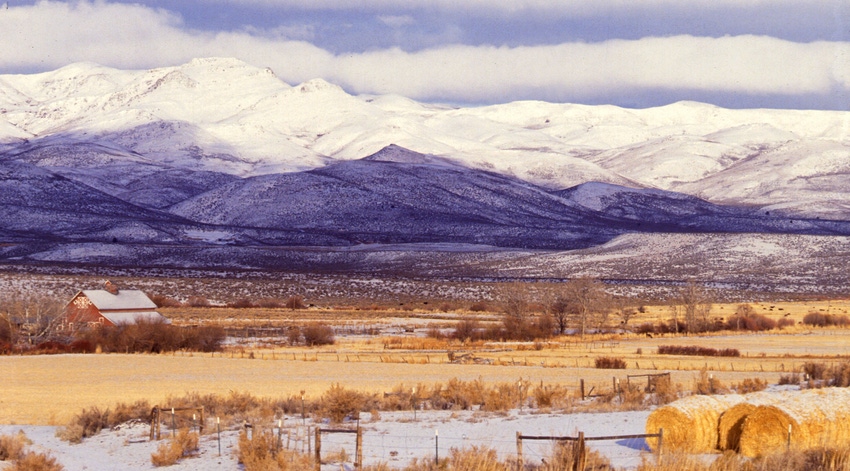August 19, 2022

Idaho's demographics are changing at unprecedented rates amid an influx of new residents coming from California and elsewhere, University of Idaho research has found.
More than a quarter of Idaho’s growing 1.8 million population is new to the state, according to an analysis that uses novel data.
Census data confirmed last year that Idaho is the fastest growing state in the nation. But new research by U of I professor Jaap Vos finds Idaho’s population and demographics have also drastically changed from a massive influx of new residents, paired with a steady departure of existing residents.
Vos analyzed vehicle registration and license surrender data from the Idaho Transportation Department from 2011-2021, finding nearly a half million Idaho residents moved to the state in the past decade. The state’s total population grew by 271,449 people, when accounting for the 295,000 residents who moved out of the state.
“We’re not in the middle of nowhere anymore,” said Vos, a professor in the College of Natural Resources who focuses on planning. “We’re actually in the middle of all the action. If you look at the numbers, you can see we are getting new people coming in constantly, but we should also look at how many people are leaving.”
Vos will present his findings as opening speaker at the Idaho Smart Growth Summit on Sept. 1 in Boise. He has previously spoken about Idaho demographic change to several groups, including the Farm, Ranch and Timber Caucus of the Idaho Legislature, Clearwater Economic Development Association, Partners for Rural America, the Idaho Chapter of American Planning Association, the Idaho Rural Partnership and the Panhandle Area Council.
Vos hopes his research spurs communities and planners to talk about demographic change, not just growth. Rapid demographic change influences political views, resident income sources and financial interest in the state from national real estate developers, manufacturing and other industries.
“Using change as a measure,” Vos said, “Idaho’s population is changing faster than Florida’s did in the mid 1990s, even though Florida was the fastest growing state in the nation at that time.”
High rate of migration
Vos found the high rate of migration to Idaho that has steadily risen since at least 2011 has coincided with increasing rates of Idaho residents migrating elsewhere, resulting in reshaped Idaho communities. In 2022, Vos found an average of 180 people move into Idaho daily 137 state residents move out of state.
“While the census already shows we are one of the fastest growing states, the actual demographic changes are much more dramatic, and I believe this change is what most people are noticing,” he said. “The census data provides population numbers, but it hides the dynamics of change.”
Vos found Idaho’s urban communities in Ada County, home to Boise, have become a new home for departing residents of California population centers, while Coeur d’Alene has become a hotspot for people departing from northern California and Washington. Similarly, the East Idaho cities of Pocatello and Idaho Falls area are seeing more people from neighboring Utah moving in.
Idaho’s adult youth ages 21-30 are moving out of the state at rates higher than any other age group, while youth in the same age group are entering Idaho at rates higher than other age groups, Vos’s analysis shows. Idaho residents ages 31-40 tend to stay in Idaho and their total population has risen. Overall, people moving into Idaho are largely in their 20s, 30s and 50s, Vos found.
The research uses drivers’ license data to offer a localized view into Idaho’s evolving rural communities that avoids the data reliability issues present in census data. The U.S. Census Bureau has not released data from 2020 headcounts. Vos said the annual census estimates are often unreliable in rural areas.
All new Idaho residents must surrender their previous driver’s licenses within 90 days of moving. New residents must also register their vehicle at their new address. Vos said those rules allow for real-time analysis into Idaho’s changing demographics.
Source: University of Idaho, which is solely responsible for the information provided and is wholly owned by the source. Informa Business Media and all its subsidiaries are not responsible for any of the content contained in this information asset.
About the Author(s)
You May Also Like






